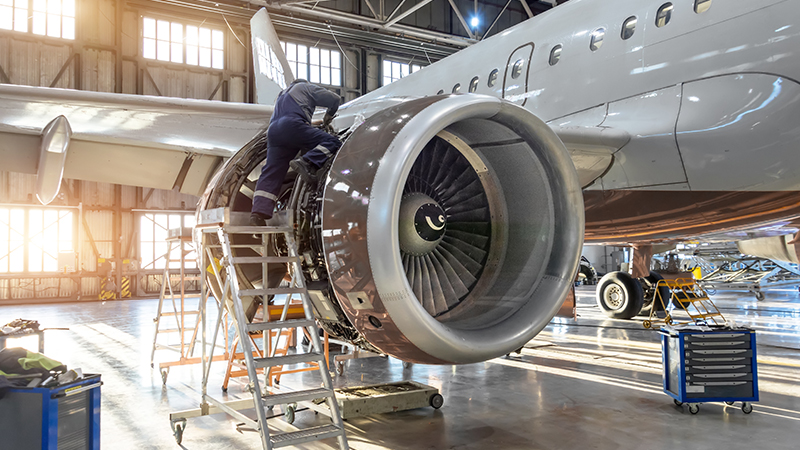

Anyone familiar with aircraft knows they are complex structures under many kinds of stress. Knowing the limits of parts and machinery is vital for developing new aircraft and maintaining existing designs.
As such, stress engineers play an important role in the present and future of the aerospace industry. To understand why, let’s examine what stress engineers do and whether their role will change as the industry develops.
Put simply, a stress engineer assesses machinery's stress and related limits and its constituent parts when in use. This could be done using simulation models during design or by testing physical objects during the later development stages. More than anything, the purpose of a stress engineer is to understand how materials and components perform in certain scenarios.
Stress engineers may collaborate with design engineers, safety engineers, systems specialists, and more to perform this role. During the design stages, a stress engineer would work alongside designers to build 3D models and run them through simulations to test performance under expected conditions. For example, this might be testing the effect of wind resistance on a new wing shape or material.
During later stages, they would work closely with safety engineers to ensure designs meet current safety standards. This could involve testing models and full-scale prototypes and determining the results of components being put under too much stress.
Unsurprisingly, stress engineers are dynamic workers who are involved in pretty much every stage of the aerospace design process. It is necessary to have accurate data on how individual components perform independently and as part of a whole to have confidence in the overall design.
Stress engineers are fairly influential people in aerospace. After all, many cutting-edge designs push materials and components to their limits to achieve difficult results, such as supersonic flight.
Equally, stress engineers are involved in modelling, fabrication, testing and development. This could result in novel materials, such as new alloys for specific scenarios, or new fabrication processes to make components lighter or more resilient. The bottom line is that stress engineers use their industry and engineering knowledge to turn plans into real-world aircraft.
This will become more important than ever due to the current shifts in aerospace technology. For example, hybrid and electric aircraft are seen as the future, but this means understanding the limits of this power technology and how it performs at different altitudes.
Similarly, we could think about the rise in eVTOLs and UAMs. Currently, manufacturers are looking to launch them in relatively straightforward environments – those with minimal adverse weather conditions, for example – but for the technology to reach true viability, we’ll need to understand how materials perform in extreme cold, in high winds, etc. This is where stress engineers will come into play.
KDC Resource has a wealth of experience placing stress engineers into new and exciting roles in the aerospace and defence sectors. We’re connected with a wide range of companies that will play vital roles in the future of the industries, and we can help you find your place in them. Call us or send your CV using the form below to see what we can do.
